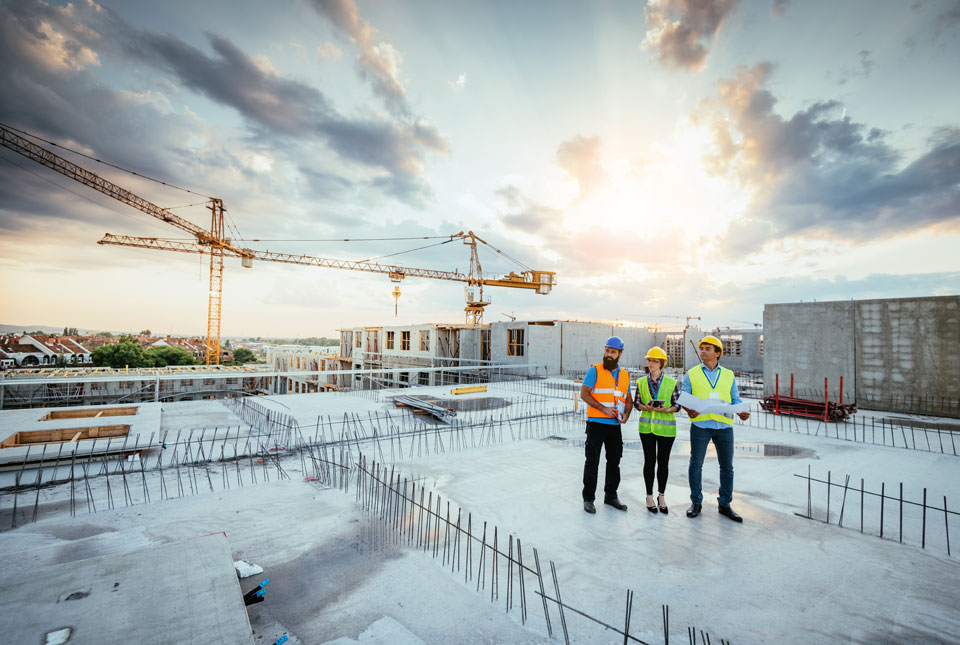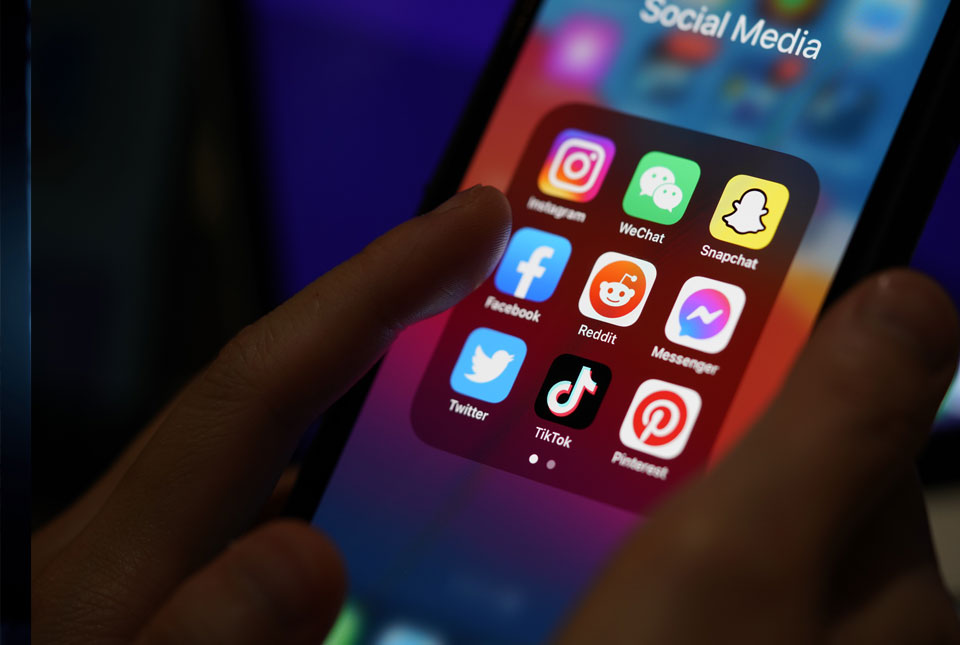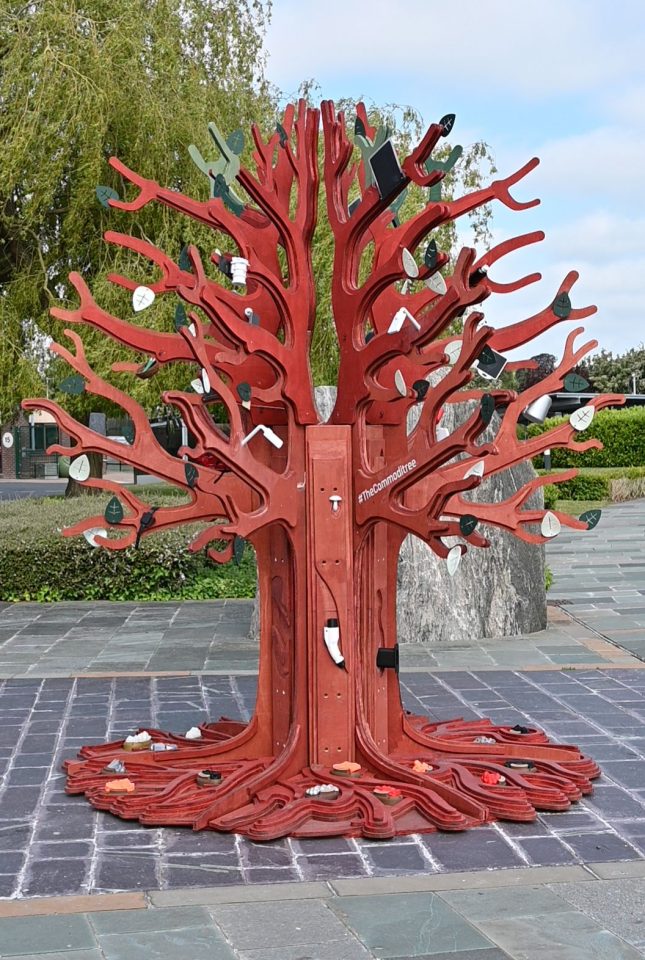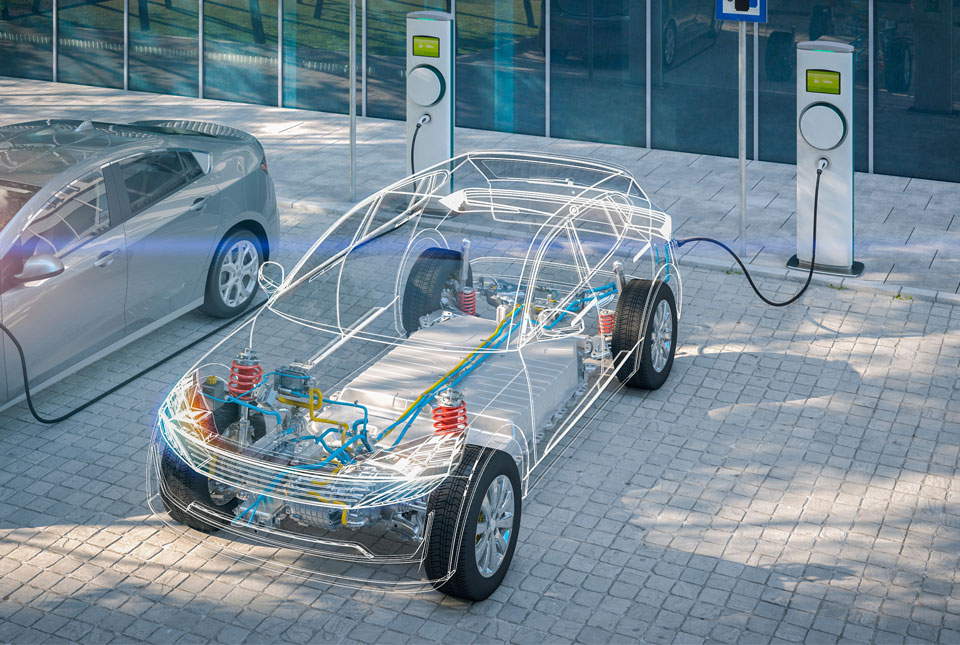Live, laugh, look at what we have here! This section is all about lifestyle and these items are based on bismuth and other elements extracted from the minerals ilmenite and monazite.

© Eleganza / iStock
Bismuth is a critical raw material that is used in both electronics and cosmetics. It usually grows in metallic lumps, but when crystals are grown in the laboratory, they form beautiful, cubic or angular crystals with a multicoloured shine or iridescence. Bismuth has the rare quality of expanding when it solidifies (like water does when it turns to ice) and it has very low toxicity. It is often used in cosmetics as a pigment because of its iridescence and it’s a component of the heartburn treatment Pepto-Bismol.
Ilmenite is an ore of the critical element titanium. Once the titanium is extracted from ilmenite, it is usually turned into titanium dioxide, which is a very common white pigment. It’s used in paint, fabrics, plastics, paper, food and cosmetics, as well as sunscreen. It works well as a sunscreen because it doesn’t absorb into the skin and the bright white pigment reflects ultraviolet (UV) rays.
Monazite is an ore of cerium and other rare earth elements (REEs). Monazite often contains traces of thorium or uranium, making it radioactive. Once cerium is extracted, it is used in low-energy lightbulbs, TVs and floodlights. When exposed to UV light, cerium glows green, which is why it’s used inside low-energy lightbulbs. They work by creating UV light on the inside of the bulb, which reacts with the coatings of cerium and other elements that glow different colours. Mixed together, we see these different colours of light as white! It is also used in the form of cerium sulphide as a red pigment that doesn’t fade in light and is much less toxic than red pigments made from cadmium.
Critical minerals in our everyday lives

Critical minerals in households
There are lots of items in our houses that rely on minerals, from kettles and windows to microwaves and food cans. The items in this section are based on elements extracted from pyrolusite, chromite and cassiterite.

Critical minerals in infrastructure
Minerals can be combined and used at large scales to create our infrastructure! The items in this section are based on some of the main elements used in infrastructure.

Critical minerals in lifestyle
Live, laugh, look at what we have here! This section is all about lifestyle and these items are based on bismuth and other elements extracted from the minerals ilmenite and monazite.

Critical minerals in medicine
Health is wealth and this section is all about medical uses of critical materials. Have you ever had an X-ray? What about a trip to the dentist? If you have, then you will have relied on equipment that contains elements extracted from rutile, rhodochrosite and sphalerite

Critical minerals in renewables
If the future is green then our energy must be clean! Items in this section represent renewable energy and are reliant on ores like chalcopyrite, bastnasite and graphite.

Critical minerals in technology
From phones and laptops to headphones and tablets, this section is based on the elements extracted from spodumene and quartz, and the element cobalt, that we use to make our technology.
You may also be interested in

Modern life doesn’t grow on trees!
Modern Life Doesn’t Grow On Trees is a touring festival stand curated and designed by BGS’ public engagement team and scientists, which features #TheCommoditree installation.

Critical raw materials classroom activities
Our modern lives rely on a whole host of metals and minerals that are extracted from the ground. These curriculum-linked lessons are designed to engage pupils with the idea of Critical Minerals.



